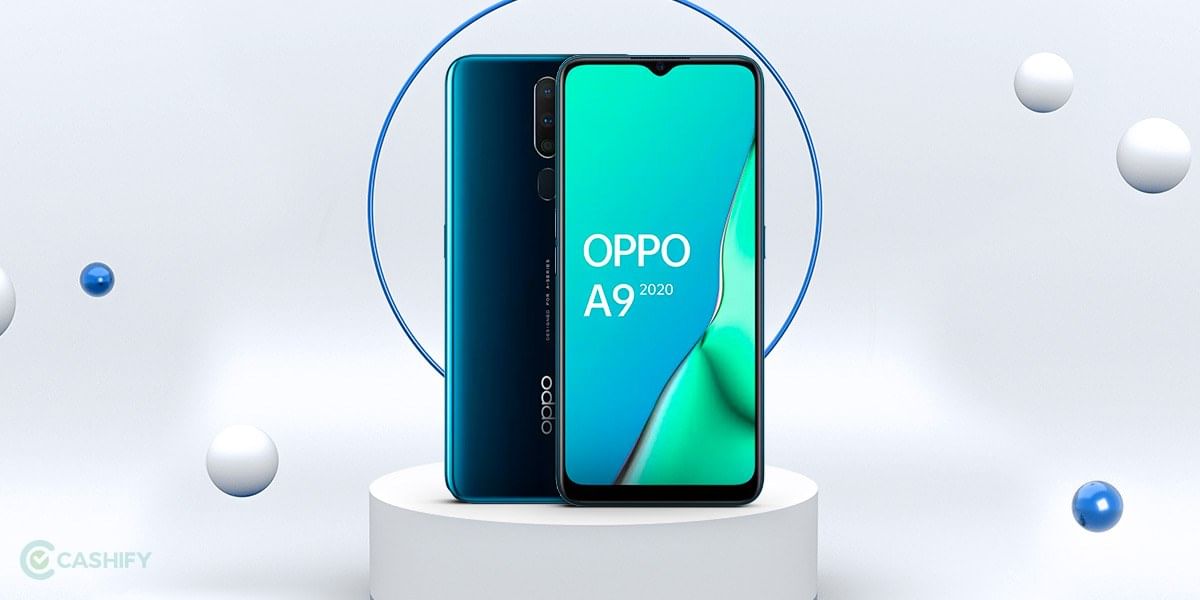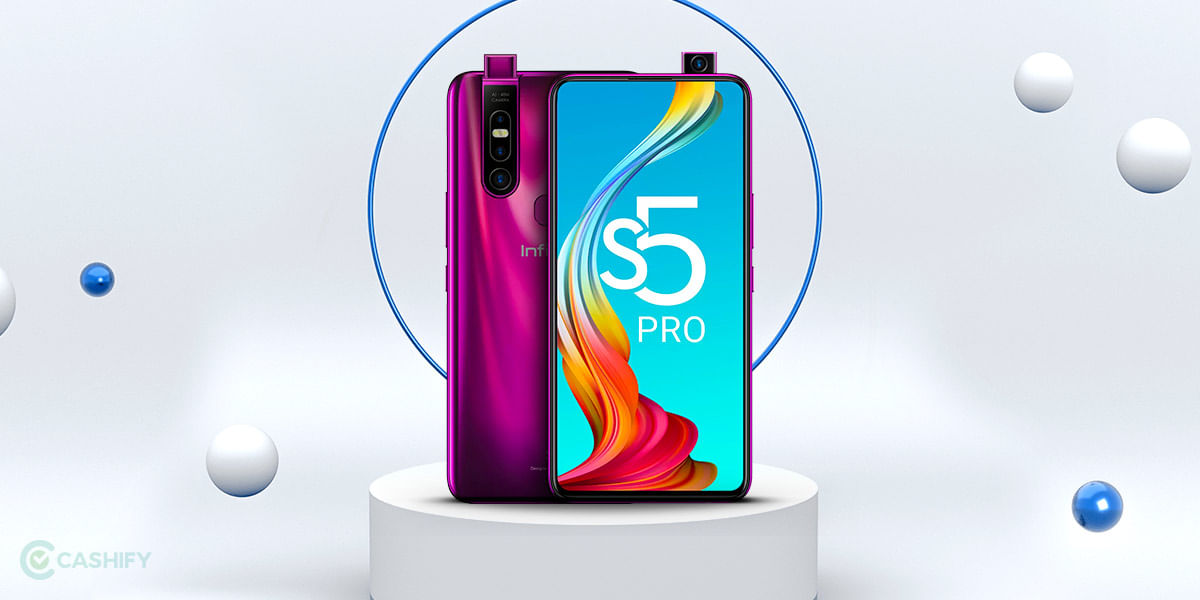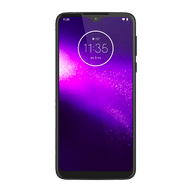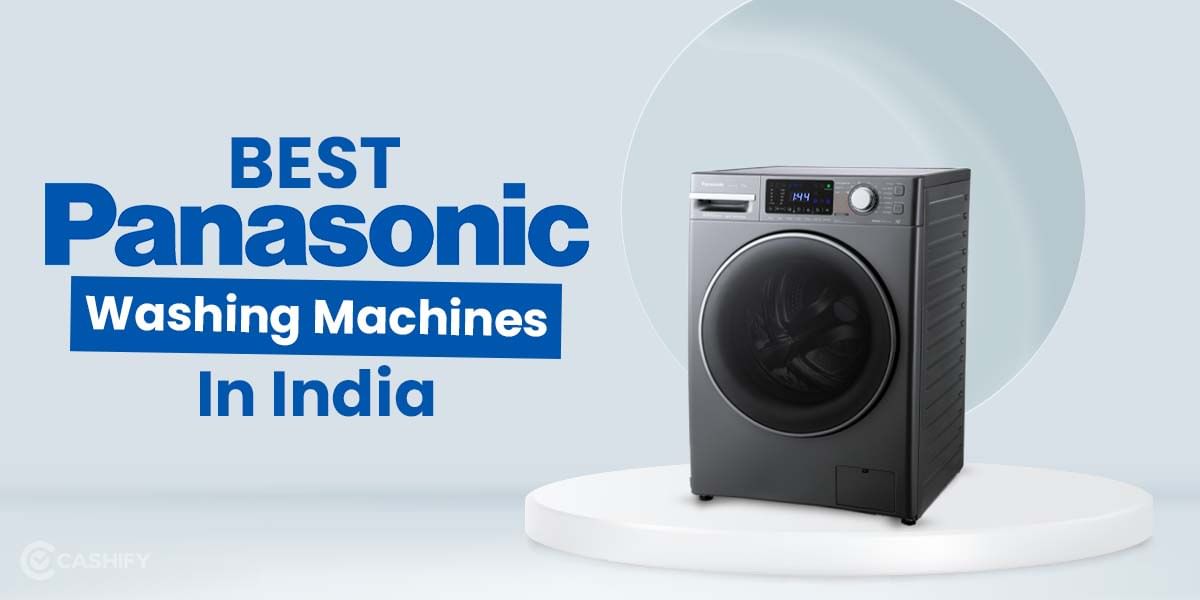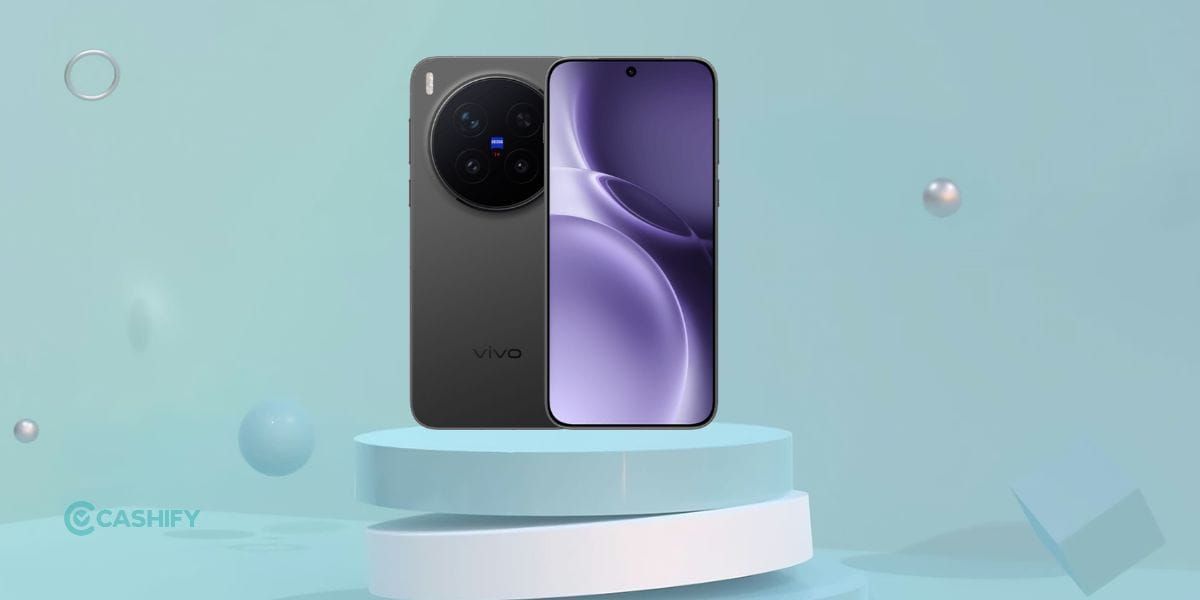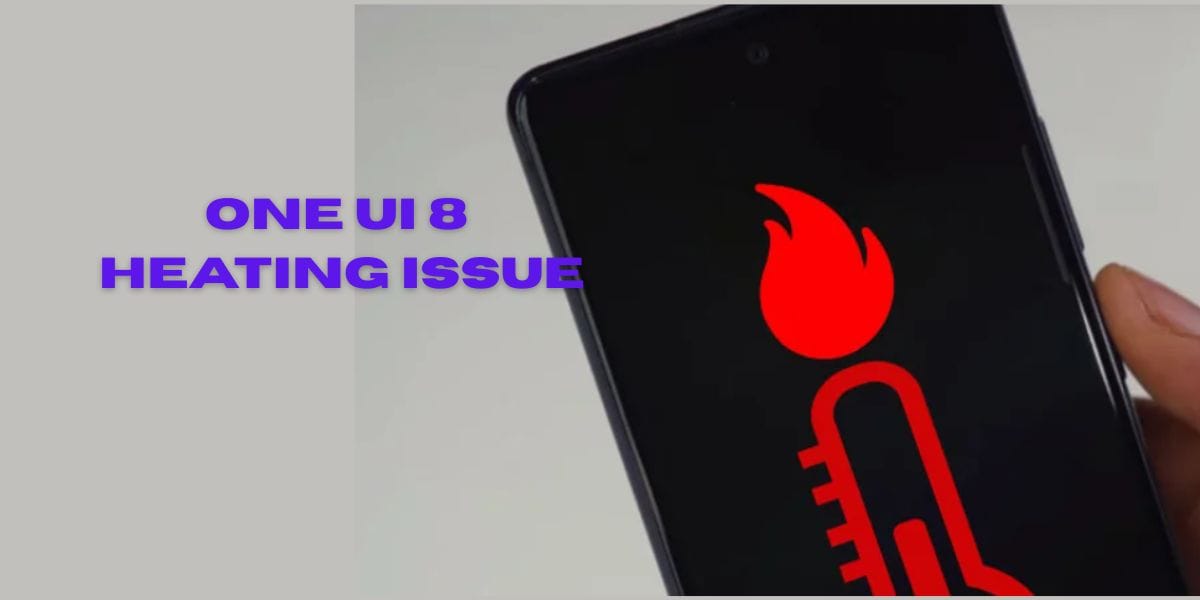Introduction
Motorola has made many innovations in the smartphone series. Although the company has seen a lot of ups and downs, it is focusing on its Moto series of smartphones and has added tens of devices each in different categories. Motorola One Macro was launched earlier this year alongside its beefier siblings Moto One Action, Moto One Power, and Moto One Vision. Although there’s a ‘One’ in the branding itself, the device won’t be subscribed to the Android One programme and thus, it won’t be getting guaranteed major Android OS updates.
Apart from that, the phone belongs to a budget category with a price tag around Rs 10,000/-. The phone as the name suggests puts a lot of its efforts in one of the best macro cameras in this range although the phone does have much beef to compete such as 4GB RAM, Helio P70 processor, and a 6.2-inch HD+ display to go with. It is complicated to select any smartphone from several options if you are looking forward to buying one and that’s where reviews come into play.
We used Moto One Macro for a considerable time and here’s a review on the phone that should help you get a notion if you want to buy it or not if you are sticking your budget under 10k.
Prices in India, Variants, Availability
Moto One Macro is available in India on Flipkart at just Rs 8,999/- after an extra Rs 3,000/- off on its MRP which is Rs 11,999/- although it is likely time-limited. The device is available in its single 4GB+64GB variant in Space Blue and UltraViolet colour variants.
Box Contents
It comes in a slim retail box similar to any Moto smartphone you can get. On top, there is the Moto One Macro, a few quickstart manuals and guides, the SIM card ejector, a TPU case, 10W Rapid Charger, and a Type-C USB charging cable which is a great touch to a phone which will attract a budget price tag. The TPU case that comes with it is sturdy and soft and good to use as well until you decide which phone case you want to purchase for the phone.
Specs at a Glance
For the price we are already talking about, the device has pretty decent specifications if not extraordinary. It includes a Mediatek MT6771 Helio P70 processor made on a 12nm manufacturing node which is decent for a phone in a budget category. Further, the processor has eight cores that include an arrangement of 4×2.0 GHz Cortex-A73 and 4×2.0 GHz Cortex-A53 along with Mali-G72 MP3 GPU that works flawlessly if you aren’t doing something exhaustive. The phone comes with 4GB RAM on-board along with 64GB of storage that can be further expanded to 512GB using a hybrid SIM slot.
Also read: Motorola’s Foray Into Stylus Phones Leaked!
Design and Build Quality
Starting with the design and build, overall, the phone has a good feel and look, to be honest. Unlike many smartphones that are clad with aluminium or metal and glass, this phone doesn’t have either. Rather it has a plastic body with a glossy and gradient finish at the back. Now, this doesn’t mean it is a problem in any way since most phones heat up when subjected to most work. Here, plastic aids in conducting the heat and spreading it evenly which doesn’t feel that any specific section of the device is getting overheated.
The phone has a sturdy and light-weight build and weighs just 186g and it is well-balanced. Although it showcased a bit of flex, it is good in terms of build quality given the price tag. The front is the same as any phone with a water drop-shaped notch would look like while the distinguishing feature is its rear panel. The phone has a triple camera at the back with the dedicated macro lens doubling as its USP and it is a giant when you see it so that stands out.
The rear doesn’t have much apart from the Moto logo in the centre which also doubles up as a fingerprint scanner. A tiny MotorolaOne branding can be seen on the lower section of the device. Apart from that, the phone doesn’t look anything different than its siblings except the notch at the front.
On the right side, you get the volume rockers and the power button while the left side gets a dual SIM slot. On top, there’s a standard 3.5mm headphone jack and a secondary microphone while the bottom has its primary microphone, speaker grille, and USB Type-C port. Yes, Motorola has upgraded the port from micro USB to Type-C which is a great move given that almost all smartphone makers are opting for Type-C in even low-range of devices, although there are some exceptions.
Display
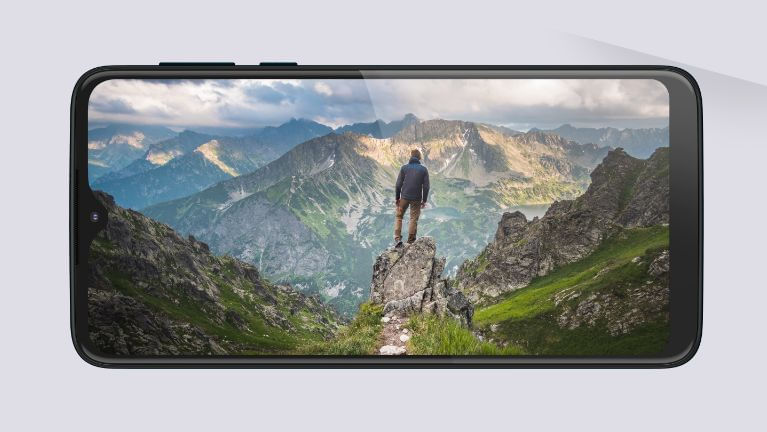
A budget device won’t ask you to focus on display, but still, Motorola One Macro sports a 6.2-inch IPS LCD HD+ panel with a screen resolution of 720×1520 pixels and that’s 270 PPI density and an aspect ratio of 19:9. These are standard if not great specifications for the phone’s display which is a bit off since most phones have displays with higher resolution even in the same price category. Talking about the display itself, Motorola has managed to keep it as big as possible by stretching the bezels as much as it can. The side bezels are nominal while the top bezel is small with a tiny teardrop-shaped notch which doesn’t take much space, to be honest. But there’s that hefty and thick chin which is although fine given the price point.
The display isn’t that punchy or vibrant but we must mention that it is still more than average and can render vivid colours. It isn’t perfect since you can still see text rendered poorly if you stare closely but if once you have used the phone for a while, it doesn’t make any difference.
The brightness is decent for indoor usage and you can battle it out to view what’s happening on the display even in autumnal sunlight but a sunny day might not be ideal for you to watch a movie or do something on your phone without a shade on top.
Moreover, the display does have issues with white balance as it tends to go off towards the end of the blue part of the spectrum which is common with cheap LCD panels and there’s no way you can fix that.
Apart from that, the display does have decent viewing angles, although it is not as tall as its siblings Moto One Vision and One Action.
Also read: Mobile Phones With The Best Display
Performance
With those specs as stated, you can surely expect a beginner’s level gaming on the Moto One Macro. We played PUBG Mobile on Moto One Macro which is basically a benchmarking game that reviewers use to see how the phone fares in extreme conditions. To be honest, the phone can’t handle high graphics without getting overheated so drive down the graphics and frame rate to medium settings and you are good to play the game. The phone does warm up after a good gaming season of 15 to 20 minutes.
The Helio P70 processor from MediaTek is no exception to its company’s reputation of building processors that overheat quickly. Anyways, the phone managed to score 137K on AnTuTu while a different set of the test revealed its score to be around 143K which is on-point with Xiaomi Mi A3 which sports Snapdragon 665 SoC from Qualcomm.
Furthermore, the device does have a low score when it comes to a single-core test on Geekbench and so does the multi-core test. However, the phone does have graphics scores better than Mi A3 according to a bunch of benchmarking tests such as 6,052 points on PCMark Work 2.0, 55fps at GFXBench’s T-Rex, among others. Turns out Motorola does have a hand in optimising the processor.
Cameras
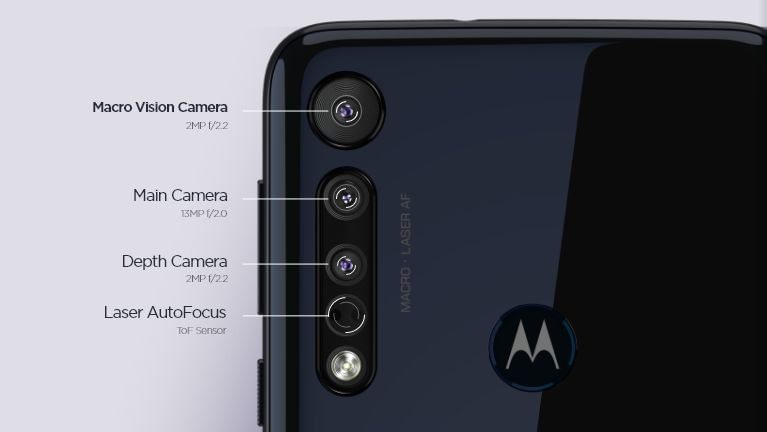
Talking about the camera mounted on Moto One Macro, the phone does have an 8MP front sensor with an aperture of f/2.2, a pixel size of 1.12micron and a sensor size of 1/4“ which is stuck in the waterdrop-shaped notch. On the rear, there is a single giant camera which is, of course, is USP and that’s what the moniker suggests. It is a 2MP dedicated macro lens with an aperture of f/2.2, 1.75micron pixel size and 1/5.0” sensor size and it is located just on the corner of the top-left side. The giant macro lens is flanked with a vertically stacked dual camera setup with laser autofocus taking the space of a third sensor in the camera bump.
There is a 13MP primary sensor with PDAF, 1.12micron pixel size, an aperture of f/2.0, and 1/3.1” sensor size flanked by a 2MP depth sensor with the same specifics of its macro sensor.
First of all, the camera app on Moto One Power is a powerhouse of shooting modes including Slow Motion at 120fps, Spot Color, Cinemagrph, Cutout, Portrait, Panorama, etc. The phone has a few uncommon features such as the Spot Colour feature that allows users to pick any colour and retains it in the output while the Cutout feature tends to provide a cutout of the people without the background. If you zoom into these cutout images, you’ll see that the edge detection isn’t that great and the corners are soft that either causes the edge to include the background or exclude the subject at some places, although that is acceptable since you’ll only gauge the difference if you look up close.
The Macro sensor which is the USP of the device is on-point and does offer good photos captured from an extremely close distance of just 2cm. This can be used to shoot tiny objects or any subject from up close where it focuses on the subject and captures it. Moreover, the photos were taken using the 13MP primary sensor average-looking and lose detailed when you zoom at it but hey, it is still average and this isn’t a flagship phone to offer the best photos.
If we talk about the low-light photography camera, no wonder the phone doesn’t perform well. In the face, the photos had a lot of grains although you can still use the flash to put some light on the subject and try to get clear pictures using the rear cam at night.
The front has a single 8MP sensor which is good for video calling or taking a selfie although expect a bit of overexposed background when you take it outdoors but it is average and should be handy given the phone falls in a budget category.
Also read: Top Camera Smartphones
Battery Life
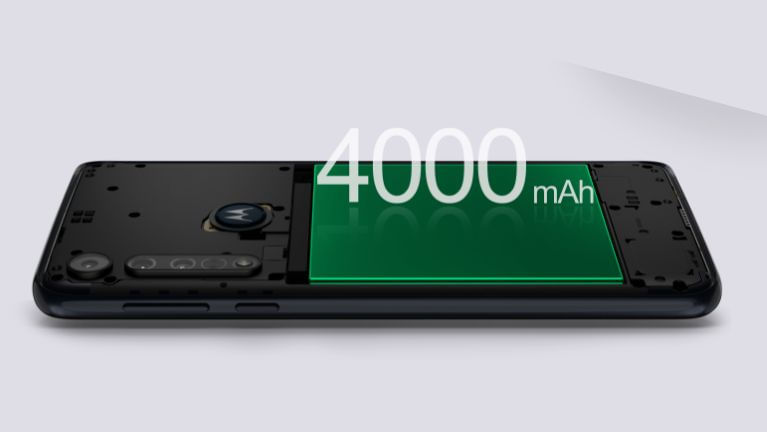
To optimise the performance with such specs, display and camera, Moto One Macro comes packed with a huge 4,000 mAh battery which is a lot when you are using a budget phone with LCD panel and it is capable of running through the day without any hassle. In an independent test over 15-odd hours, the phone was able to sustain almost a day of calling, texting, watching videos, listening to music and playing a few rounds of a game and there was still less than half of juice left in the battery.
Moto also offers a 10W Rapid Charger within the retail box which although isn’t a truly rapid charge but it tends to charge the phone to half its capacity in an hour which means it will take two hours to charge the phone entirely. This is exceptional since most of the budget smartphones have 5W charger so cheerios to Motorola for adding an extra 5W which makes a lot of difference to the end-user.
Finally, the device has a long standby duration which means it could stay idle during the night and still lose just a few points on the battery compared to any other phone that might lose a good chunk of the battery even when idle.
Software
Having said all that, Moto One Macro runs on Android 9 Pie OS which is a near-stock version with a few customizations that the company has added. Starting with an Android 10 pill-shaped gesture navigation on the bottom, the phone has an app drawer. Thanks to the inclusion of Android One, the phone doesn’t have much bloatware and in fact, the UI is pretty clean and speedy. As the phone isn’t officially Android One and thus, won’t be getting guaranteed upgrades. However, Motorola has confirmed that the phone will get a single major Android OS update i.e. Android 10 and two years of security updates so that’s a relief.
Apart from that, Motorola hasn’t made a lot of changes to the stock Android 9. The UI has a trademark feature called Moto Actions which are a few action-based functions that users can enable. This includes a double-chop motion to fire up the torch or a swiping motion to launch the camera. This makes using the phone and doing these tasks easier than actually navigating on the phone to launch the camera app or fire up the torch and other functions.
Security
Talking about security, the rear-mounted fingerprint scanner works great. Since it is camouflaged under a Motorola logo, I loved this feature a lot. The FPS unlocks the phone fast although not as ones on midrange or flagship devices. The same goes for face unlock which isn’t as robust and fails to recognize you sometimes so some attempts will surely unlock the phone if not with the first attempt itself, especially in low light.
Pros & Cons
Pros:
Good battery life
No bloatware
Decent performance
Cons:
Plastic body
Poor HD+ display
Poor camera quality
Given that the phone has a plastic body, this means that the phone is durable and thus, will be used that way instead of worrying when a phone with a glass back falls. The phone has an HD+ panel which isn’t that great and could have arrived with a higher resolution which is nothing new even in the same price range and the same goes for its poor camera which is average if not bad. There are a lot of flaws that Moto One Macro comes with such as the overheating MediaTek Helio P70 which is although not as powerful as its Qualcomm rival, is something that Motorola has hyped on given its reputation altogether. The phone is basically for someone who has light or moderate usage and something who is cash-strapped or someone who love Moto smartphones. You are the one who decides if you want to buy it or not, so I hope this review did help in getting to the conclusion.

